Image2GeoGuess - Geo-Location Analysis
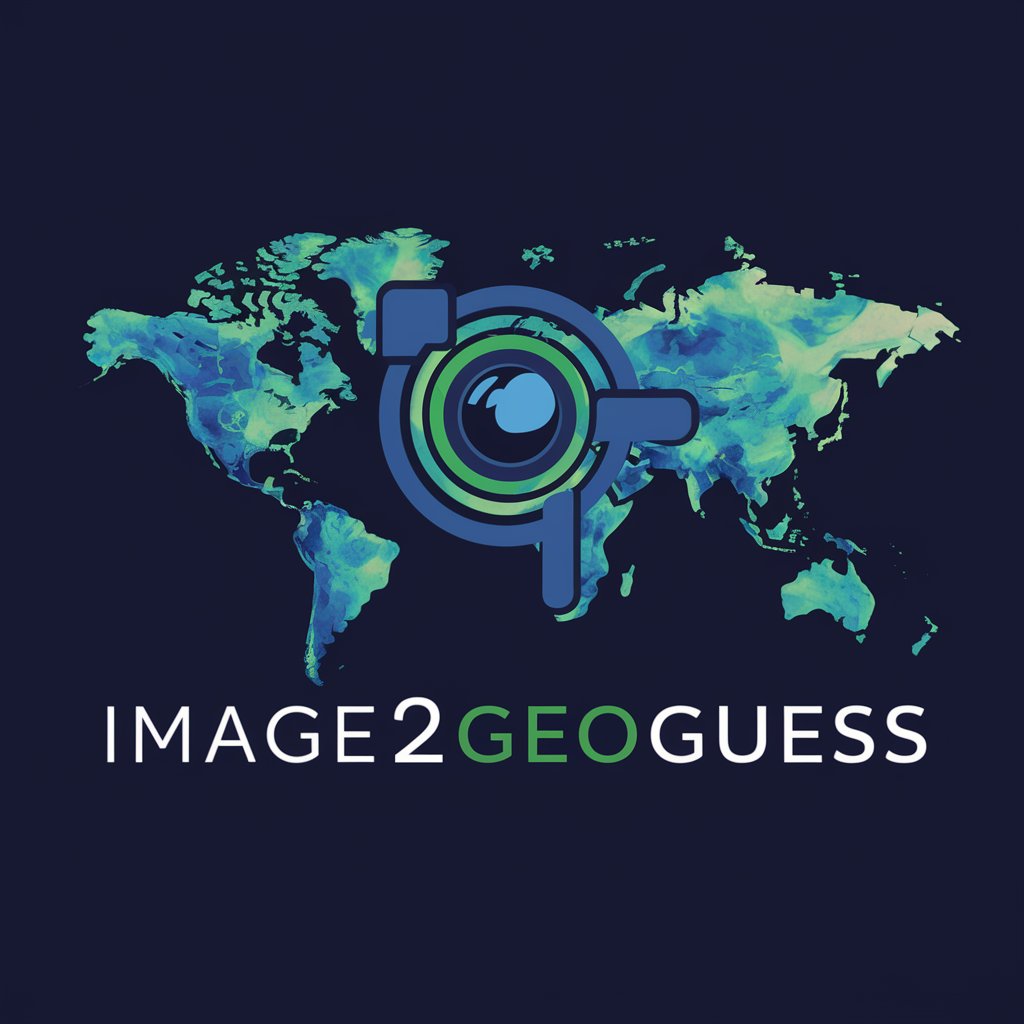
Welcome! Show me an image, and I'll guess its location.
Unlock the world with AI-powered geolocation guesses.
Analyze the natural landscape features in this image to identify its location.
Examine the cultural symbols and landmarks visible in the photo to determine where it was taken.
Look at the architectural styles and urban elements in the image to guess its geographic origin.
Identify any distinctive street signs or commercial brands in the image to help pinpoint the location.
Get Embed Code
Introduction to Image2GeoGuess
Image2GeoGuess is a specialized tool designed to analyze images and predict their geographical origins. It operates by scrutinizing visual content to identify various geographical, cultural, architectural, and infrastructural cues that can reveal the location where a photo was taken. For instance, the presence of certain architectural styles, natural landscapes, or even street signage can provide critical clues. This tool is particularly useful in scenarios where the geographical context of an image is unknown or needs to be verified. Powered by ChatGPT-4o。

Main Functions of Image2GeoGuess
Geographical Feature Analysis
Example
Identifying the Eiffel Tower in an image and associating it with Paris, France.
Scenario
Useful in determining the specific region or city depicted in travel photographs where landmarks are visible.
Cultural and Societal Element Identification
Example
Recognizing a festival or cultural attire specific to a region.
Scenario
Assisting in the cultural analysis of images for anthropological research or for validating the authenticity of cultural depictions in media.
Architectural and Urban Element Analysis
Example
Distinguishing between Gothic and Baroque architectural styles to narrow down European locations.
Scenario
Helpful for architectural historians or enthusiasts trying to locate or validate the origin of specific architectural photographs.
Infrastructure and Public Service Analysis
Example
Identifying a yellow school bus and associating it with North America.
Scenario
Useful for urban planners or researchers analyzing regional infrastructure differences or educational material creators seeking to contextualize images.
Ideal Users of Image2GeoGuess
Travel Enthusiasts and Bloggers
Individuals who explore various parts of the world and share their experiences can use Image2GeoGuess to verify the locations of their images or to recall and document the locations visited.
Researchers and Academics
Scholars conducting studies related to geography, urban planning, architecture, or cultural studies might employ Image2GeoGuess to analyze images, validate hypotheses, or gather data for their research.
Educators and Students
Teachers and students in fields such as geography, history, or cultural studies can use Image2GeoGuess as an educational tool to learn more about different locations and cultural landmarks around the world.
Media Professionals
Journalists, documentarians, and content creators can utilize Image2GeoGuess to ensure the geographical accuracy of images used in their work or to identify unknown locations in archival footage or photographs.

How to Use Image2GeoGuess
1
Start by visiting a platform offering Image2GeoGuess for a seamless trial experience without the need for login or a subscription.
2
Upload the image you want to analyze. Ensure that the image is clear and has distinguishable geographical or cultural features for accurate analysis.
3
Submit the image for processing. The tool will analyze the image based on various factors including geographical features, cultural elements, and architectural styles.
4
Review the analysis. Once the processing is complete, you'll receive a list of observed details and a guessed location based on the image's characteristics.
5
Use the provided information for your intended purpose, such as educational learning, enhancing geographical knowledge, or simply for entertainment in guessing locations.
Try other advanced and practical GPTs
MarilynMythos
Explore Marilyn's Legacy with AI

🌌 HoloDisplayGen lv3.3
Crafting immersive holographic experiences with AI.

📖 Anthology Generator lv3.8
Imaginative AI, Infinite Stories

Government Contract Guidance System
Empowering businesses with AI-driven contract guidance.

Net Navigator
Elevate Your Game with AI

Poetic Muse
Unleash creativity with AI-powered poetry.
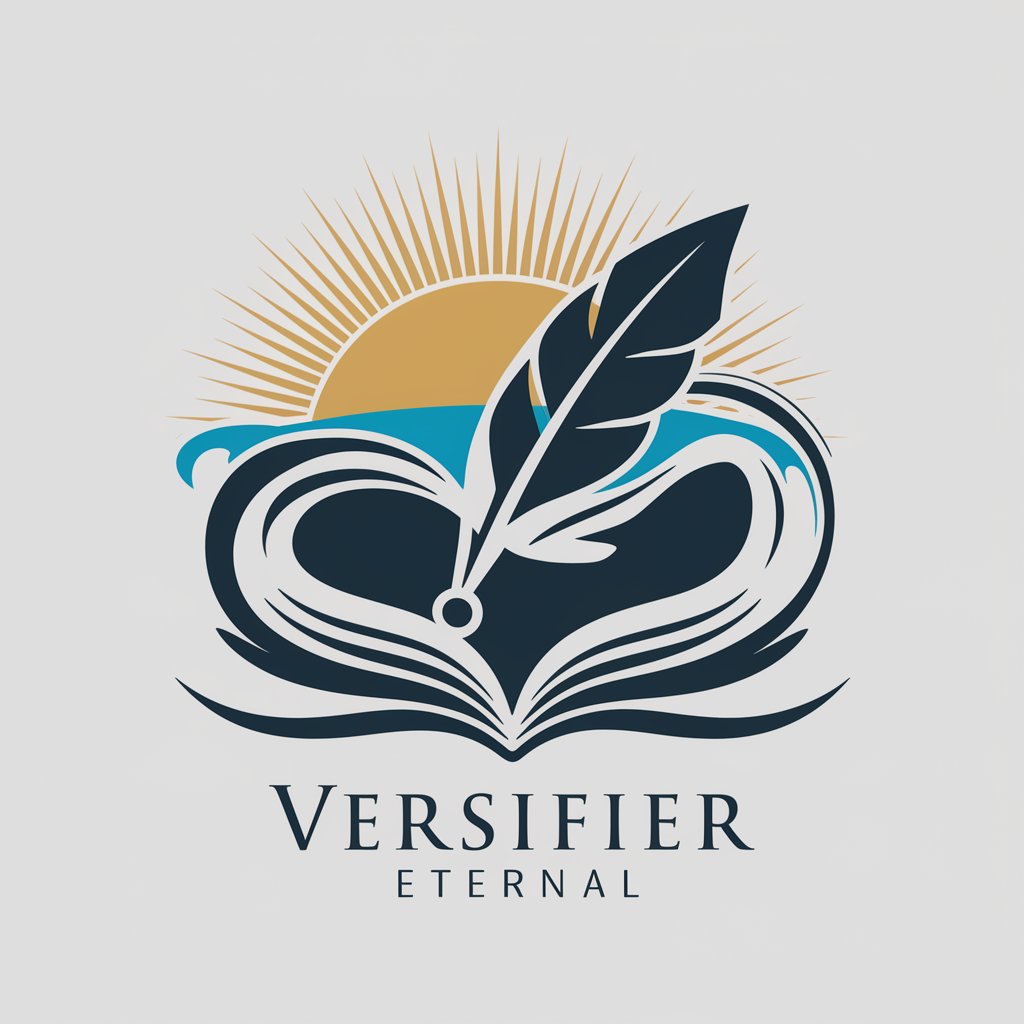
Unternehmenskompass
AI-Powered Business Strategy Advisor
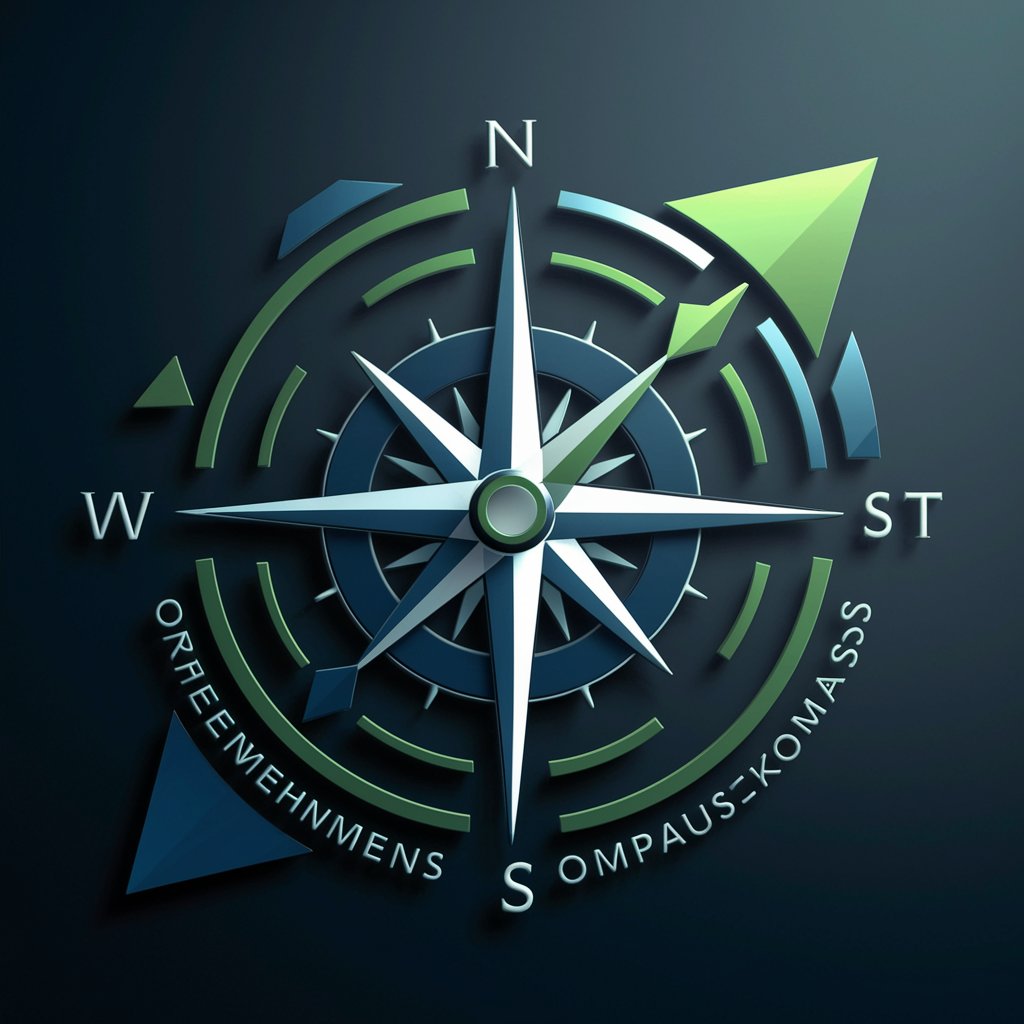
EnglishGPT
Master English with AI-Powered Assistance
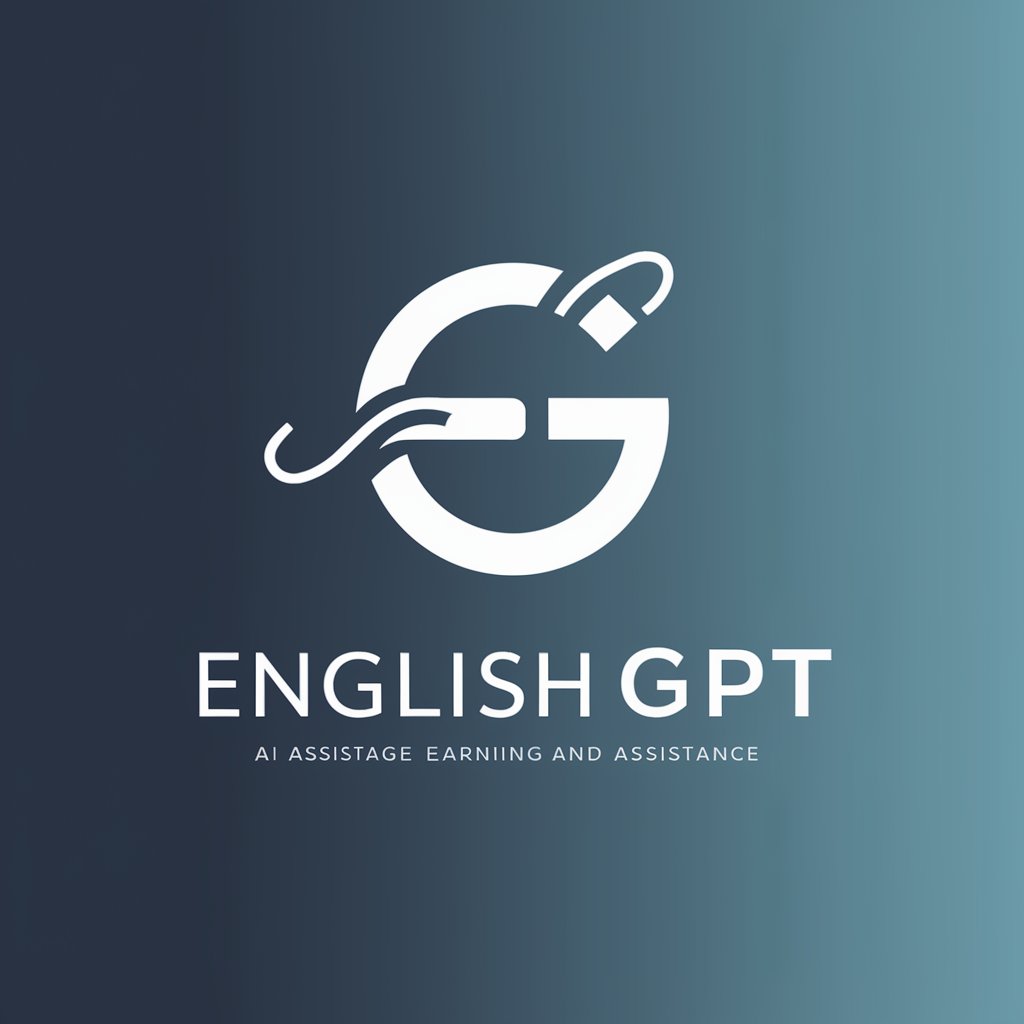
Articulate
Empower your visuals with AI-driven insights
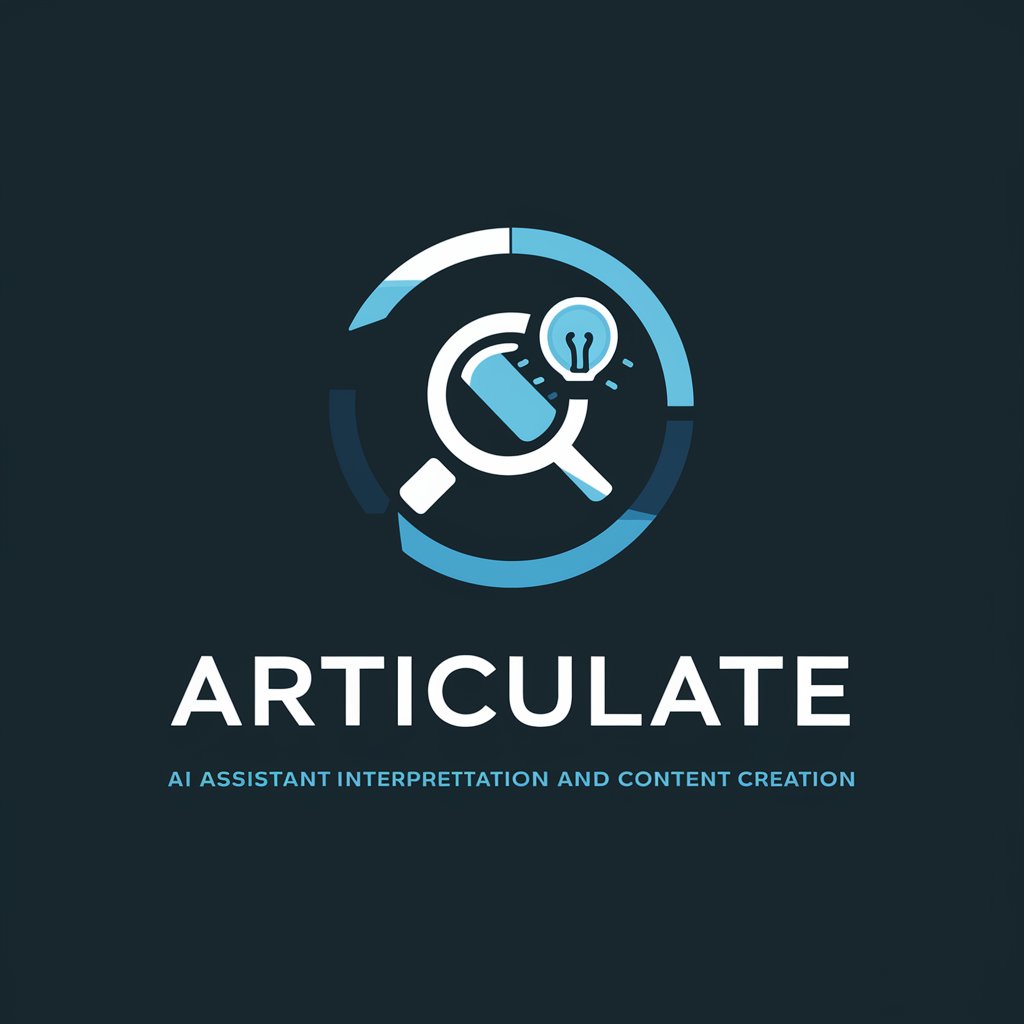
CoachNeoG
Empowering Leaders with AI-Driven Guidance

CarnegieBot
Empowering Entrepreneurs with AI Wisdom

CSharpDotnetHelper
Optimizing your C# code with AI

Frequently Asked Questions about Image2GeoGuess
What kind of images work best with Image2GeoGuess?
Images with clear geographical, cultural, or architectural features yield the best results. Urban landscapes, natural settings, and pictures with landmarks are ideal.
Is Image2GeoGuess accurate?
While it strives for accuracy by analyzing multiple elements in an image, the guess is based on available data and may not always pinpoint the exact location.
Can I use Image2GeoGuess for educational purposes?
Absolutely. It's a valuable tool for learning about different cultures, geographical features, and architectural styles from around the world.
How does Image2GeoGuess handle privacy?
The tool prioritizes user privacy. Images uploaded are used solely for the purpose of analysis and are not stored or shared.
Can Image2GeoGuess identify any location worldwide?
It has a broad coverage but its effectiveness can vary based on the distinctiveness of the features in the image and the database's comprehensiveness.
